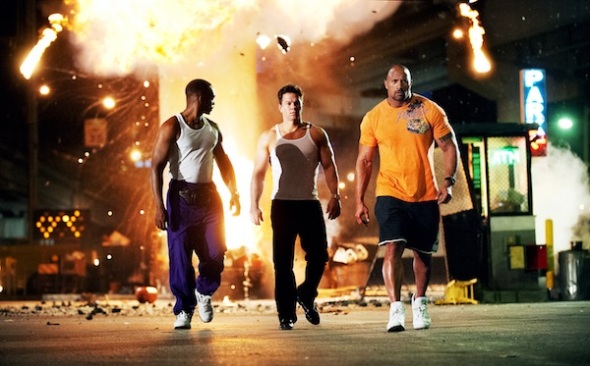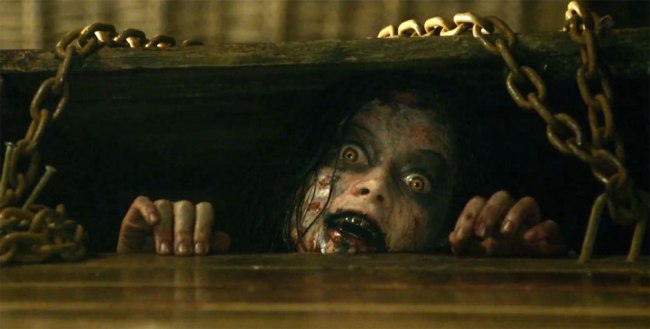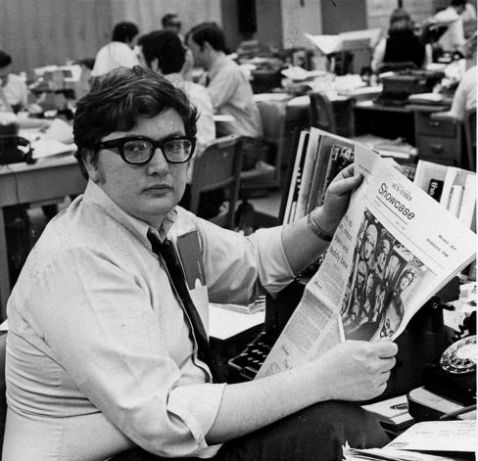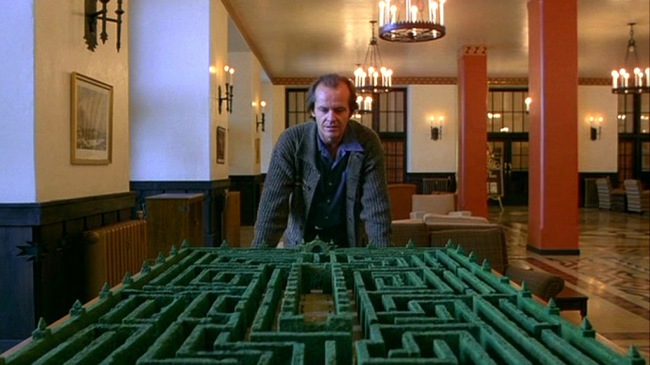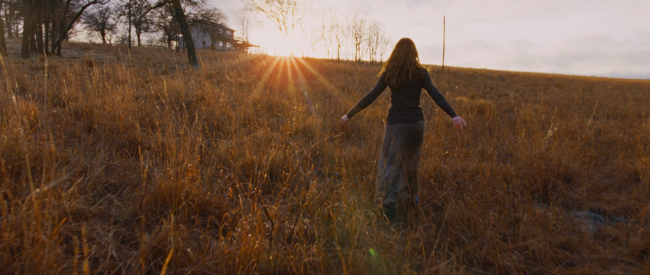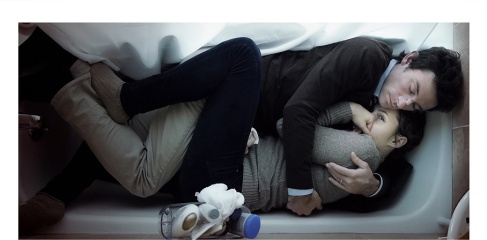I can’t remember feeling different the day I turned 13. Likewise, nothing noticeably felt different the day I switched from 17 to 18 (My treat myself that day was seeing my first theatrical NC-17 film – I wasn’t even carded). And aside from a nasty hangover, my transition into 21 went without a second thought.
Reaching 26, on the other hand, hit me hard. Harder than I could have anticipated. It felt official. For the first time it felt like actual passage of time between birthdays occurred way too fast. For the first time, it felt like there was real weight to it. Friends were getting married; friends were getting divorced; friends having kids; people you know have died, and many more have parents who have died. Adulthood wasn’t impending anymore; adulthood broke in while I wasn’t looking.
With burden of age and expectations firmly on my back, it was time to take stock of my lot in life. Was I happy in my career path? Did I even have a career path? Did my peers respect me? Was I ready for a real, long-term relationship? Who are my friends, and when is it time for a change in environment? Personal growth wasn’t just a matter of asking these questions, but deciding what to do when I had the answer.
In Lena Dunham’s Tiny Furniture, the desire to define oneself as an individual is hampered by the desire to blanket oneself in the trappings of the past. When we meet Dunham’s character, Aura, she’s entering a phase that would have been embarrassing a generation ago but has become commonplace lately: moving back home. From the moment she enters enters her family’s impeccably designed Manhattan apartment, sporting disheveled hair and a yellow raincoat one size too big, she seems lost. Her mother’s camera lens is focused on her sister, with Aura left in the background to fight for relevance. Her mom never turns her head. “I never think about my 20s, I absolutely don’t look back.”
Aura, on the other hand, is already nostalgic for moments that weren’t great to begin with – a fickle boyfriend is elevated in hindsight to a potential soul mate, slow nights hanging out in the library meant having a good time. Alienated from her family, she falls back in touch with Charlotte (Girls costar Jemima Kirke) a an old friend who she hasn’t seen in years. Desperate for connection, she follows Charlotte down a path of hedonistic mooching. “We’ll be like new friends,” she assures Aura, “New friends with old memories.”
One of Dunham’s strengths in telling this story is a distanced viewpoint that keeps the film from wallowing too much in angst. It’d be a mistake to confuse her entirely with the characters she portrays (in all the internet chatter, people lose track of the fact that Dunham herself is not a mopey trust-fun hipster but a charming and successful filmmaker), but it’s be naive to suggest that a movie shot in her own home with her own friends and family doesn’t have some autobiographical elements to it. In this sense, it takes real perspective and a sense of humor to showcase herself in such a low state. One of the best moments comes when Aura, after lashing out at her mother, darts out of a room in a huff. Dunham keeps the camera on Nadine, laughing her ass off. We can sense Dunham laughing right along with her.
The most revealing and moving aspect of Tiny Furniture come through Aura’s relationships with her mother and sister, played by Dunham’s real-life family. While Dunham is as the front and center throughout the film, she draws a clear portrait of their lives and history with each other. It becomes clear that the issues Aura faces are passed down from her mother and will be echoed by her sister in years to come – Aura just has the misfortune of dealing with them right now.
Tiny Furniture isn’t perfect by any means – to call its narrative lax would be generous, with many characters and subplots never coming to fruition (part of this is by design, part of it seemingly because Dunham doesn’t know how to tie them up). In general, the film has an episodic feel that anticipates her move to the wider canvas of television with Girls. It will be interesting to see how her scope increases if (and hopeful when) she decides to make another feature, as even the small parameters ofTiny Furniture suggest the presence of real voice, of a young filmmaker capturing an awkward moment in time so sharply that the personality behind it shines through.
I don’t know if Dunham has ever met Bellflower writer/director/star Evan Glodell, but it wouldn’t surprise me if their respective debut films were the result of some bizarre, Five Obstructions-esque wager. Both are features made under $40,000; both are about the difficulty of escaping youthful ennui and facing adult decisions in the wake of your youth; both play to breakout success on the festival circuit. The two films, however, are bifurcated over almost too-neat a divide: Dunham making a wry, minimalist, female-driven comedy set in New York, Glodell a violent, stylized drama under the blistering yellow sun of Southern California.
Glodell plays Woodrow, a young man who spends most of his days idling around the streets of SoCal with his best friend, Aiden (Tyler Dawson). The two are self-styled Mad Max fanatics, driving around customized vehicles and testing homemade flamethrowers. Occasionally they’ll frequent the dive-iest of dive bars before crashing at their cluttered apartment, but their priority in life seems to mainly be crafting tools to survive an apocalyptic wasteland.
One night, Woodrow meets Milly, who at first appears to be the girl of his dreams – brassy, blonde, assertive, and seemingly charmed by his awkward shyness. When he picks her up for a first date, he sports a blue sweater vest and hands her flowers. In this world, Woodrow isn’t just a nice guy – he’s practically a parody of a nice guy. As the relationship begins to blossom, friendships begin to splinter – Aiden and Milly’s friend, Courtney, consequently fall into each other’s orbit. As time passes, tensions rise, and when Woodrow finds Milly in a compromising position, his apocalyptic vision begins to unfold.
Where Tiny Furniture‘s worldview seems filtered through an objective and detached lens, Glodell’s is straight-up manifested, projected straight from his brainwaves to your Netflix. It’s the result of a someone coming to grips with the vision he has of himself, and discovering that it’s not pretty. Glodell does a effective job matching the visual language of the film to this gradually heightening emotional tension; the subtle effects and breezy tone become harsher and bolder as Woodrow’s mental anguish is ignited. Make no mistake, as story unravels, the content itself gets hard to endure. This is an ugly portrait that Glodell paints, made even more disturbing by how vivid his aesthetic eye is. A climatic stretch toward the end is so hard to take that I find it hard to recommend to anyone with a weak stomach or a low tolerance for violent, misogynistic imagery.
Indeed, there are moments where I was ready to write Bellfower off completely, wondering how Glodell was going to make all of this unfiltered alpha-male rage pay off. My answer came in the form of a a surprisingly moving and thoughtful coda that plays like a beer and testosterone fueled companion to Brian Cox’s monologue in The 25th Hour. It doesn’t erase the brutality that precedes it, and I’m not convinced that this narrative gambit entirely works to justify it. What it does do, however, is give new perspective to the rest of the film, letting us re-examine the methods to Glodell’s madness.
Like Tiny Furniture, Bellflower is a messy piece of work, partially because it’s one of such personal vision and conviction on behalf of the filmmaker, but moreso because they are both adept at capturing the confusion and contradictions of grappling with identity and one’s future.
(Both films are currently available via Netflix Instant)



